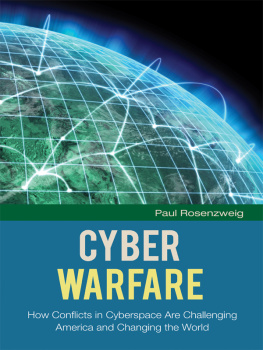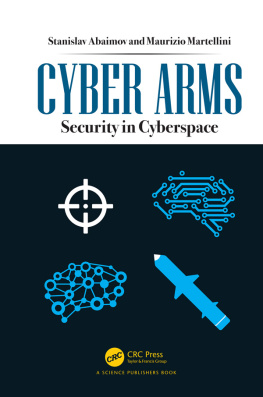
Cyber Risk, Intellectual Property Theft and Cyberwarfare
The desire to steal the intellectual property (IP) of others, be they creative individuals or company teams working in patent pools to create new innovations, remains the same. Political methods have become more sophisticated in terms of devaluing the output of creative humans by creating open-source access, which can be taken freely by all and sundry. What has changed is the new cyber-based technology that allows increased theft of IP. Likewise, warfare for geo-political imperatives is not new but sophisticated cyber-based methods that can actually carry out infrastructural damage through cyberspace are new and are accordingly termed cyberwarfare. How cyber strategies are used in IP theft and cyberwarfare in relation to new complex digital technology such as the Internet of Things (IoT) is explored in relation to particular essential sectors in the economy: marine, smart energy power grids and insurance. Country-specific studies based on either being the recipient or perpetrator (or both) of cyberattacks provide analysis in relation to Japan, China and North Korea, Russia, Europe (the UK in particular), Iran and the USA.
Ruth Taplin (PhD LSE, Graduate Diploma in Law) is Editor of the Interdisciplinary Journal of Economics and Business Law (IJEBL), Author/Editor of 23 books and over 200 articles, Featured Author Routledge and Director of the Centre for Japanese and East Asian Studies.
Routledge Studies in the Growth Economies of Asia
Innovation, Investment and Intellectual Property in South Korea
Park to Park
Ruth Taplin
A Microcredit Alternative in South Asia
Akhuwats experiment
Shahrukh Rafi Khan and Natasha Ansari
Development Agenda and Donor Influence in South Asia
Bangladeshs experiences in the PRSP regime
Mohammad Mizanur Rahman
How Chinas Silk Road Initiative is Changing the Global Economic Landscape
Edited by Yuan Li and Markus Taube
Trade Unions and Labour Movements in the Asia-Pacific Region
Edited by Byoung-Hoon Lee, Sek-Hong Ng and Russell Lansbury
International Entrepreneurship: A Comparative Analysis
Susan Freeman, Ying Zhu and Malcolm Warner
Ritual and Economy in Metropolitan China
A global social science approach
Carsten Herrmann-Pillath, Guo Man and Feng Xingyuan
Cyber Risk, Intellectual Property Theft and Cyberwarfare
Asia, Europe and the USA
Ruth Taplin
For more information about this series, please visit: www.routledge.com/asianstudies/series/SE0133
Cyber Risk, Intellectual Property Theft and Cyberwarfare
Asia, Europe and the USA
Ruth Taplin
First published 2021
by Routledge
2 Park Square, Milton Park, Abingdon, Oxon OX14 4RN
and by Routledge
52 Vanderbilt Avenue, New York, NY 10017
Routledge is an imprint of the Taylor & Francis Group, an informa business
2021 Ruth Taplin
The right of Ruth Taplin to be identified as author of this work has been asserted by her in accordance with sections 77 and 78 of the Copyright, Designs and Patents Act 1988.
All rights reserved. No part of this book may be reprinted or reproduced or utilised in any form or by any electronic, mechanical, or other means, now known or hereafter invented, including photocopying and recording, or in any information storage or retrieval system, without permission in writing from the publishers.
Trademark notice: Product or corporate names may be trademarks or registered trademarks, and are used only for identification and explanation without intent to infringe.
British Library Cataloguing-in-Publication Data
A catalogue record for this book is available from the British Library
Library of Congress Cataloging-in-Publication Data
A catalog record has been requested for this book
ISBN: 978-1-138-32058-1 (hbk)
ISBN: 978-0-429-45319-9 (ebk)
Typeset in Times New Roman
by Newgen Publishing UK
Contents
Cybersecurity in Australia common global themes
Australia, like all countries, is well and truly engaged in the opportunity and challenge of cybersecurity. It is in the forefront of the minds of organisations, individuals and governments in figuring out how to best deal with a cyber-attack. Australia has sovereign capability and a mature approach to cybersecurity as well as an innovative eco-system to support companies and governments dealing with this new-age threat. In the case of the State of New South Wales there are cyber competitive advantages that are world leading such as Fin-tech, Ag-tech and a cyber skilled workforce.
New approaches and thinking are needed to address cybersecurity threats in a space where malicious actors are becoming more sophisticated, are using advanced capabilities in technologies and are global. Attacks are now using advanced artificial intelligence (AI), voice recognition, social media, big data and connected devices such as mobile phones to breach organisations and individuals. Strategic decision-making is required to allow for more informed investment and resourcing in order to enhance preparedness and resilience. Traditional ways to defend against cyber threats need to evolve and be implemented at an increasingly fast rate to keep pace with the advanced attacks that are occurring.
Cyber is an enabler not just a risk mitigation strategy. Traditionally, cybersecurity is seen as a risk mitigation tool used by information technology (IT) teams to try to stop and/or quickly mitigate a cyber breach. This view and approach is limiting the opportunities for an organisation to use data more proactively and enable new technologies and paradigms such as big data, AI, edge computing and automation. This is the opportunity for businesses and agencies to use cyber as an enabler and create value rather than as a cost centre.
In terms of how cyber breaches happen still, upwards of 70% of attacks occur because of human error such as opening a phishing e-mail. Increasingly, the phishing attacks are not just on laptop devices but hand-held devices too.
Cyber is primarily a people problem not an IT problem!
Used well cyber builds trust. If people and businesses dont trust you with their data they are not going to buy your product and you dont have a business. To build trust, you need to have a strong governance structure to support cyber initiatives. To assist in addressing this and as a first step, board and C-suite members as well as high-level policy-makers need to gain a better understanding of the cyber risks to which their organisation, municipality or country are exposed. This does not mean becoming full-on technical experts; technical expertise rests with the information and communications technology (ICT) and information security departments or contracted cybersecurity service providers. What urgently needs to improve is the communication and translation of cybersecurity issues between practitioners and leadership. Corporate leaders need to have a strong grasp of their entitys vulnerabilities and which critical assets are at risk. This will allow them to take timely strategic decisions on investment and resourcing to bolster their organisations resilience and safeguards; a holistic approach needs to be used to be successful.



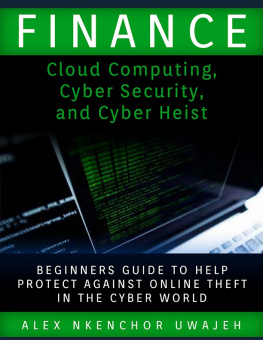
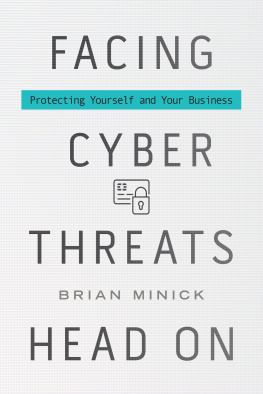
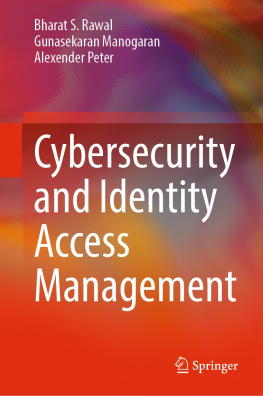
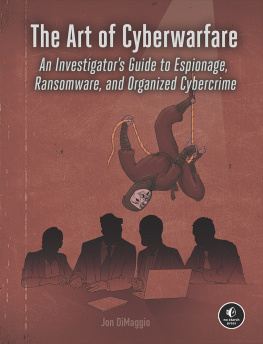
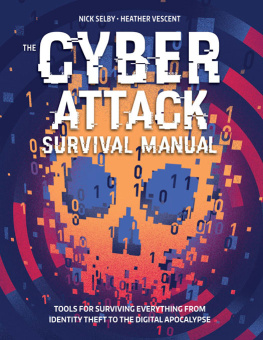
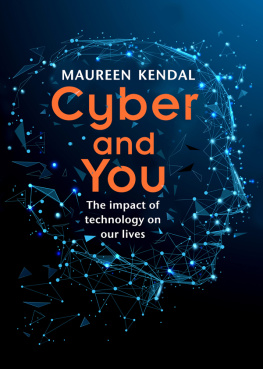
![Reichel - Global Crime: an Encyclopedia of Cyber Theft, Weapons Sales, and Other Illegal Activities [2 Volumes]](/uploads/posts/book/262750/thumbs/reichel-global-crime-an-encyclopedia-of-cyber.jpg)

